Designer for AWS
Getting Started with the Designer for AWS
The Cloudamize Designer can be used to run ‘What if’ scenarios by customizing regions, pricing plans, insurance types and families, storage options, and more. These changes can be applied to individual machines or the entire infrastructure.
You can edit existing designs or quickly create as many new designs as needed without losing any of your previous results.
Steps to navigate to access Designer-
Login to the console https://console.cloudamize.com/#/
Once logged into the console, you will see a home page with the icons, as shown below.
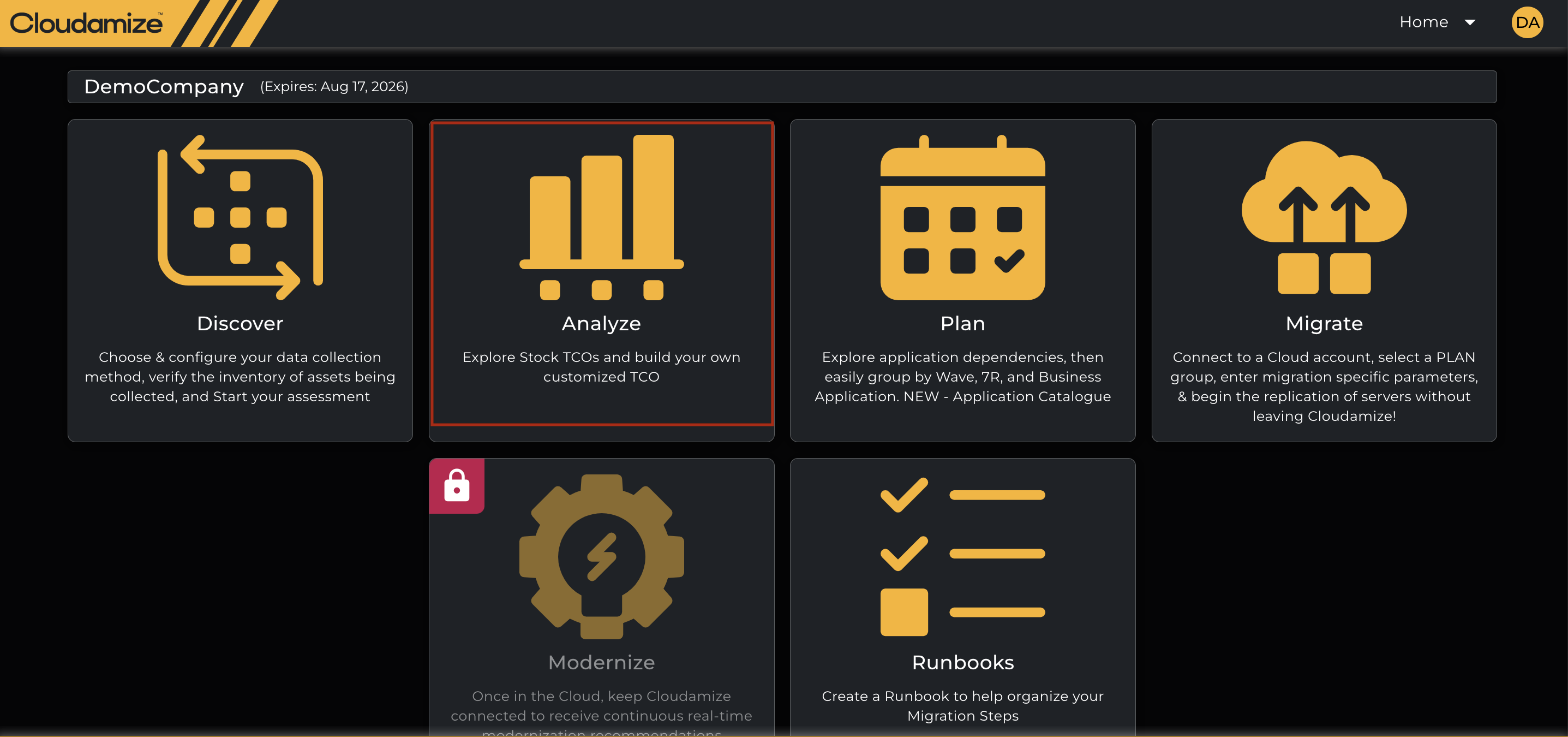
Click on the Icon “Analyze,” which navigates to the results page, and then click on View details as shown below.
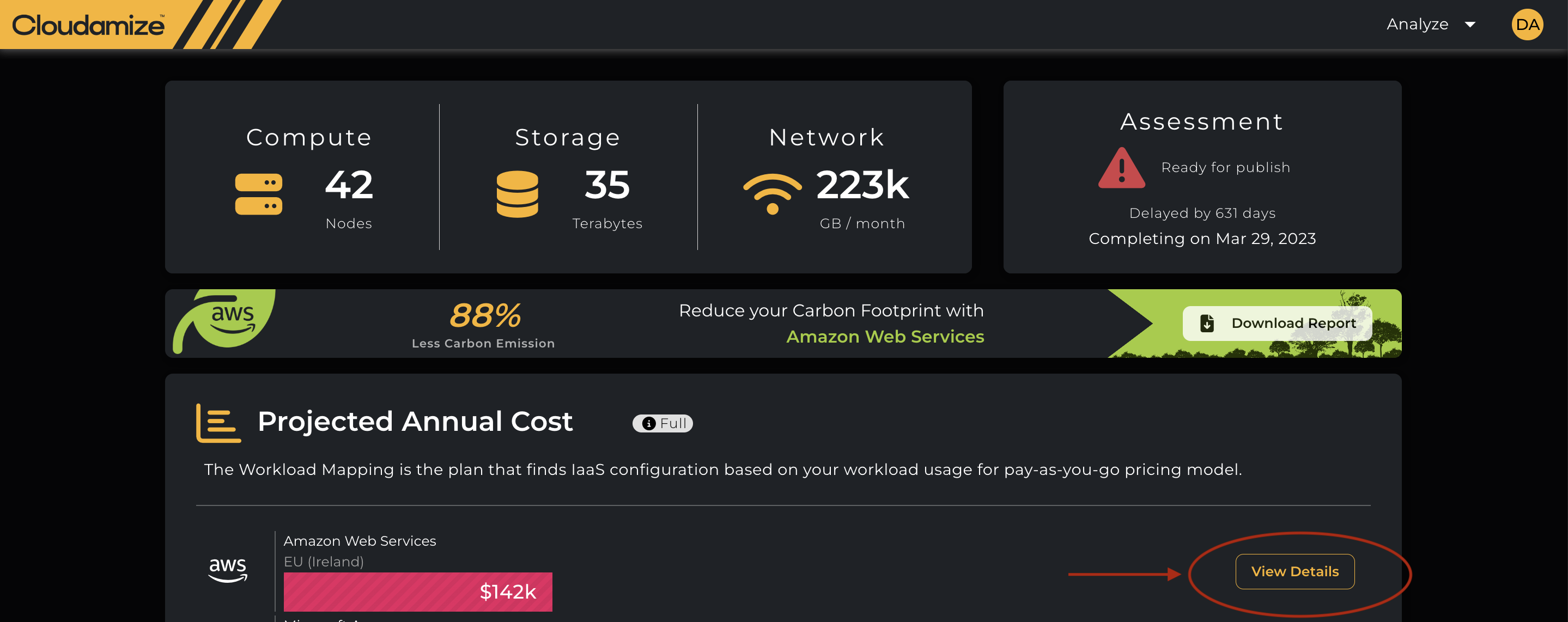
After clicking on “View Details” tab, it will take you to the page that shows the “Designer” as shown below-

A new window will open, as shown below, allowing you to create or edit a Design.
To edit an existing design, [1] select the design from the dropdown menu and click’ Edit Design
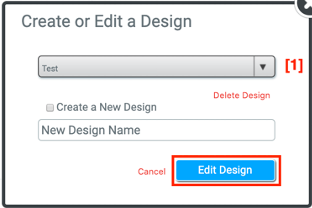
If you want to create a new design, 2 check the box next to Create a New Design and enter a name for your design.
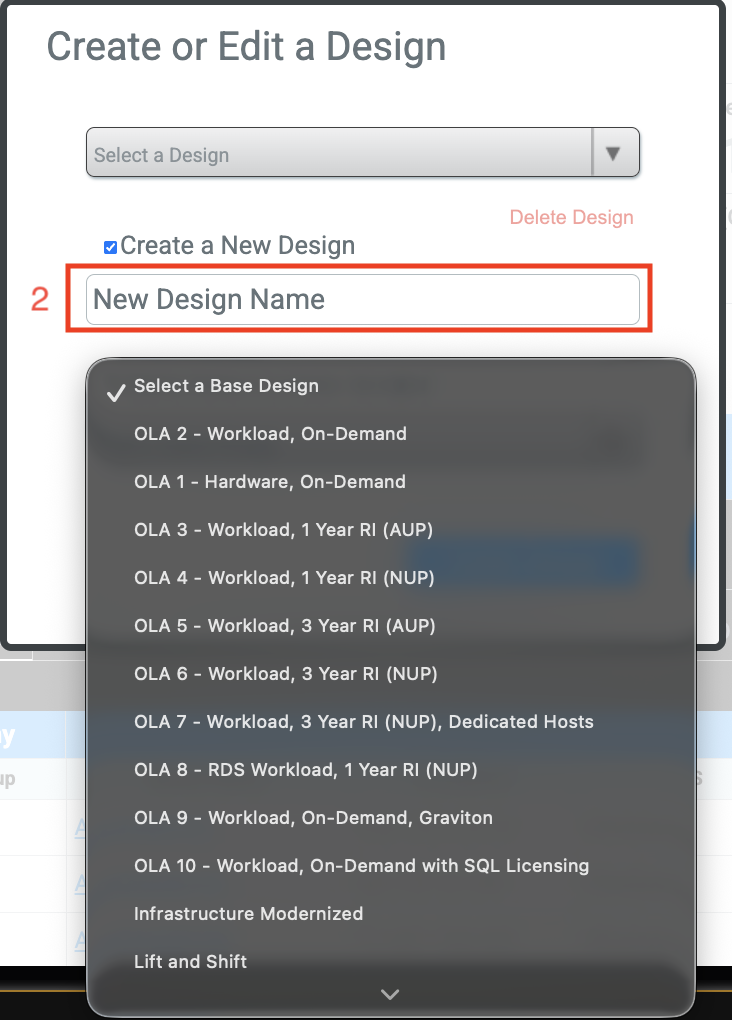
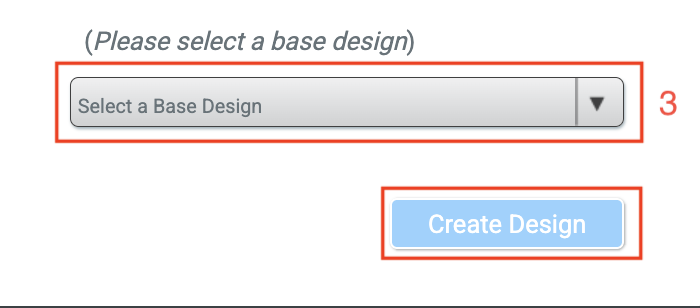
Next, 3 select a base design that you wish to use as a starting point, and ‘click’ Create Design
The center of the Designer presents the same information as the Assess Dashboard.
In the middle is the Annual Cost, along with the Infrastructure Summary. Underneath is the details chart for Summary, Compute, Storage, Network, and License.
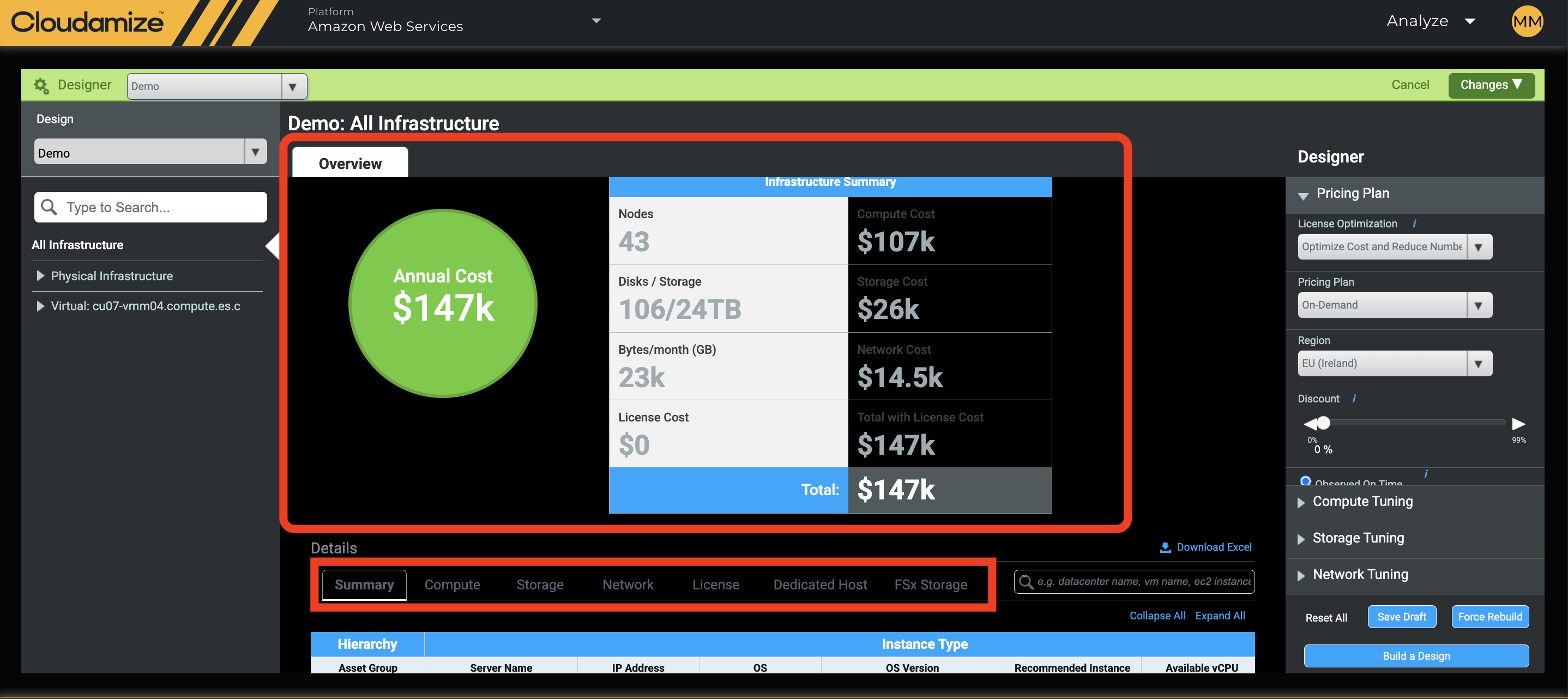
Designer View
Changes made in the Designer can be applied to your entire infrastructure, a group of nodes, or a single machine to ensure workload needs are met.
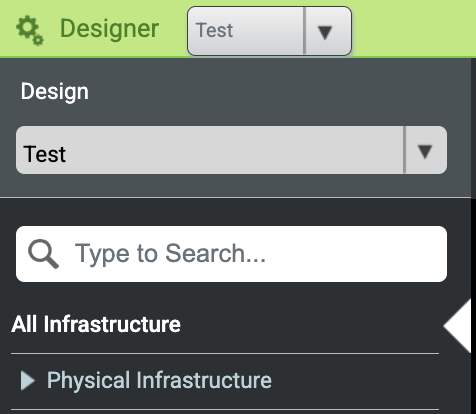
Designer Selector Drop down
On the right-hand side panel are all the available tuning options.
Here, you can change your Pricing Plan and Region, apply any previously negotiated discounts, and make changes to the Compute, Storage, and Network aspects of your infrastructure.
We will look more closely at each tuning tab within this document and explore how the changes will potentially affect your annual cost.
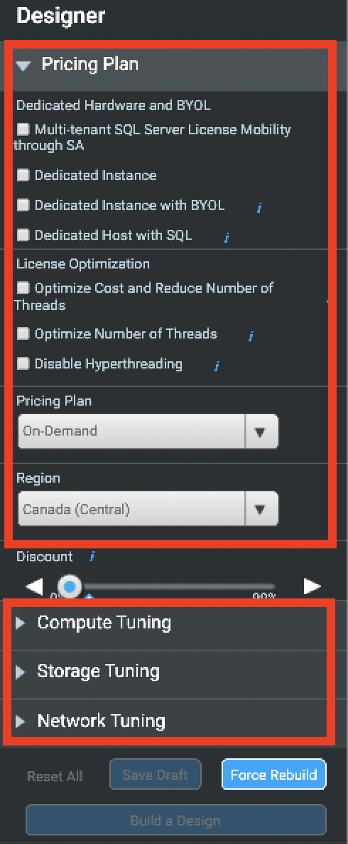
Tuning Options
Once finished, you can save any changes made by clicking Save Draft and continuing to work, or you can finalize your changes and Build a Design.
The Force Rebuild button is to be used if you edit an existing design.

Save and Build Options
Please Note: “Reset All” will revert back to the original design configuration
This will then begin the process of recalculating costs on the Cloudamize platform, with updated pricing being shown on your Assess Dashboard once the calculations have been completed.
After selecting ‘Commit Changes’ you will be returned to the Assess Dashboard.
Please Note: This process can take up to 45 minutes to complete, depending on the size of your infrastructure and the number of changes made.
When completed, you can view the updated design by selecting it from the dropdown on the left-hand side of the screen.
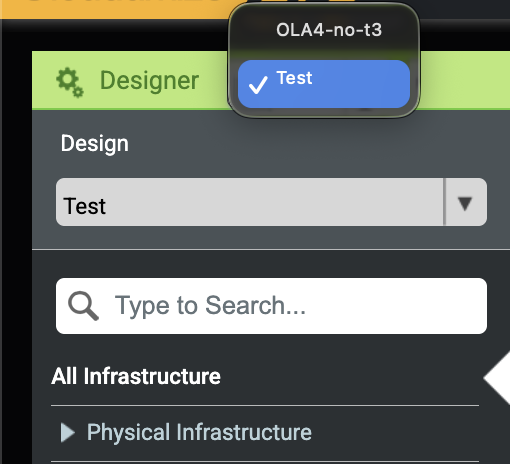
Design Selection Drop-Down
AWS OLA Default Designs
AWS assessments produce a number of default designs, built with specifications recommended by AWS to best suit their platform. You can find these in the designer once your results are processed in full.
While Cloudamize default designs use the Cloudamize Algorithm for all recommendations by default (this can be changed by building custom designs, see below), the AWS OLA designs make use of 2nd standard deviation when calculating for CPU and Memory (Compute) and 3rd standard deviation when calculating Storage and Network recommendations.
Customizing Your Pricing Plan AWS
You can change the Pricing Plan and options for any number of machines in the assessment to meet your needs. These options will vary for the different cloud providers based on their current offerings.
In AWS, you can select any pricing plan offered by the cloud provider and apply that pricing to any number of machines.
Using the Designer, Cloudamize allows you to build customer scenarios to view the costs and potential savings associated with a range of AWS instance options.
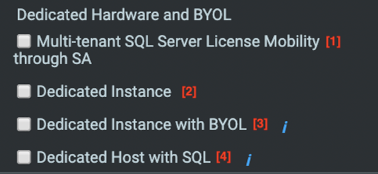
1. Multi-Tenant SQL Service License Mobility through SA: View the savings associated with BYOL licenses to standard., Multi-Tenant EC2 Instances as part of the customer's current Software Assurance agreement.
2. Dedicated Instance: View the cost and performance of moving the selected machine to a Dedicated Instance within AWS.
3. Dedicated Instance with BYOL: View the savings associated with BYOL MSDN or SQL licenses to Dedicated Instances in AWS
4. Dedicated Host with SQL: View the savings associated with BYOL MSDN or SQL licenses to Dedicated Hosts in AWS
The i symbol to the right also provides information relating to the specific option.
Please note: SQL Data is only captured using individual agents. This feature is not available for nodes assessed with agentless data collectors or vCenter and Hyper-V installations.
License Optimization
Optimise the cost and performance of the assessed infrastructure by reducing the number of hardware threads and/or disabling Hyperthreading where possible. This, in turn can lead to a decrease in Compute Costs while ensuring any SQL licensing requirements are met.
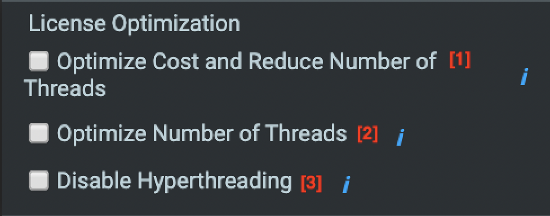
License Optimization Options
1. Optimize Cost and Reduce Number of Threads: Reduce the number of hardware threads or disable hyperthreading to lower cost while still ensuring the necessary performance benchmarks are met.
2. Optimize Number of Threads: Suggests an instance with the fewest number of hardware threads necessary to meet the performance needs of the assessed workload.
3. Disable Hyperthreading: Will only recommend instances where Hyperthreading is disabled by default. Useful in scenarios where a customer is concerned about any potential security issues related to Hyperthreading.
The i symbol to the right also provides information relating to the specific option.
Pricing Plan
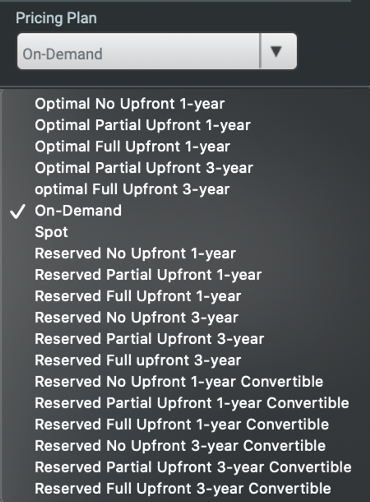
Pricing Plan Options
Pricing Plan options are populated directly from AWS and can be applied to the entire infrastructure or an individual machine.
All Optimal Pricing Plans are specific to Cloudamize.
When selecting these Pricing Plans, the Cloudamize Platform will compare the Optimal ‘option’ against AWS ‘On-Demand’ pricing, and force the Pricing Plan which is more cost efficient.
Region
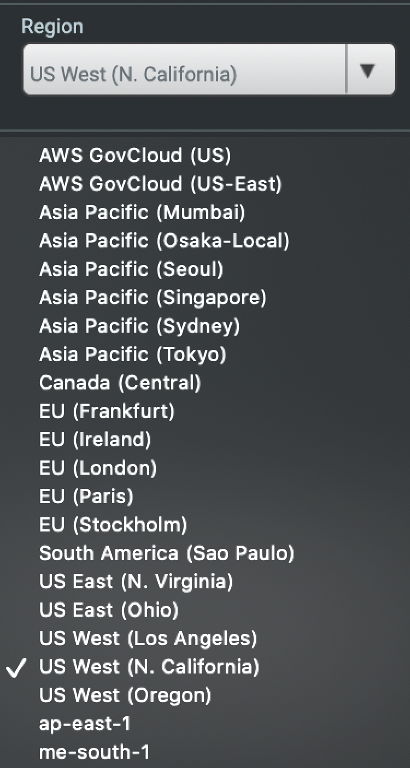
Region Options
Any region offered by AWS can be selected to recalculate the results and receive recommendations only for offerings in that region. Select from the drop-down list in the Designer panel.

Discount Slider
You can apply a percentile discount to individual machines by adjusting the slider under the Discount label. This feature is useful when looking to remove the cost of a machine that will not be migrated without necessarily removing the machine from the assessment results.
Customizing Compute Options
You can customize options relating to the compute recommendations for your infrastructure.
You can either select CPU and Instance Family or the Instance Type
Additionally, you can choose which deviation logic Cloudamize uses in its CPU and Memory recommendations: Cloudamize (95th percentile), 2nd standard deviation, and 3rd standard deviation.
CPU and Instance Family
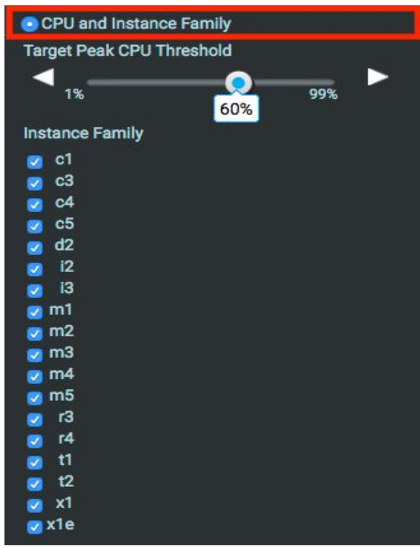
CPU and Instance Family Options
Select the option for CPU and Instance Family to adjust the target peak CPU threshold (Service Level Target) and to select which instance families can be recommended. Get started by selecting CPU and Instance Family.
You can adjust the Target Peak CPU Threshold by moving the slider to select a value between 1% and 99%. (Default setting is 80%)
Check the boxes next to each Instance Family for which you would like to receive recommendations.
Please note: SLT (Service Level Target) is the target peak CPU threshold applied by Cloudamize when making recommendations.
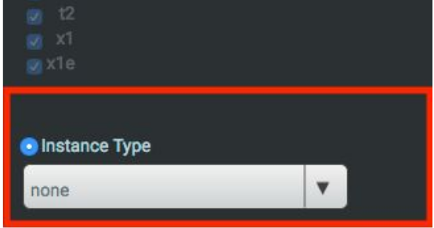
Instance Type Drop-down
Select the option for Instance Type to force the selected machine or infrastructure to a specific instance type. After selecting this option, click the drop-down list to view instance types available in the region you have selected under pricing plan options
Analyze Type (Compute)
To choose between Cloudamize Algorithm, 2nd Standard Deviation, and 3rd Standard Deviation, use the drop-down menu:
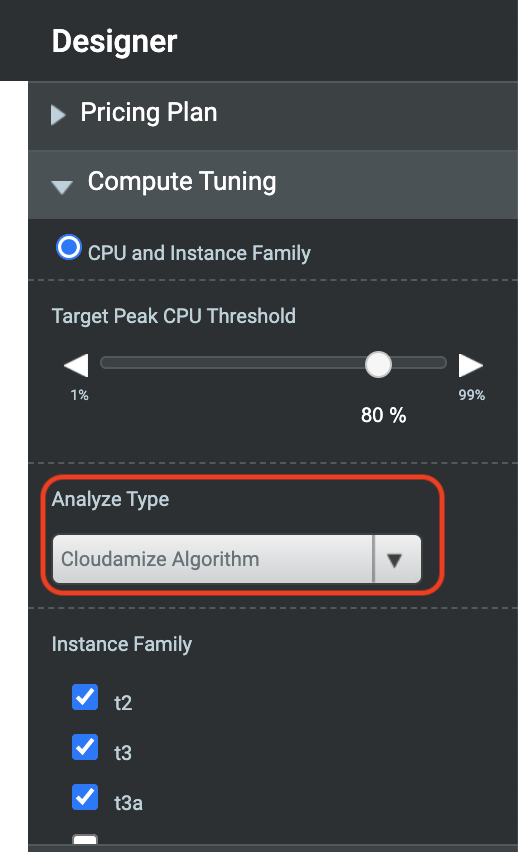
Analyze Type Drop-down
Workload Based Tuning
You can choose to get recommendations for SAP or RDS in cases where SAP instances are running or when SQL servers are running and you want to see RDS recommendations for SQL.
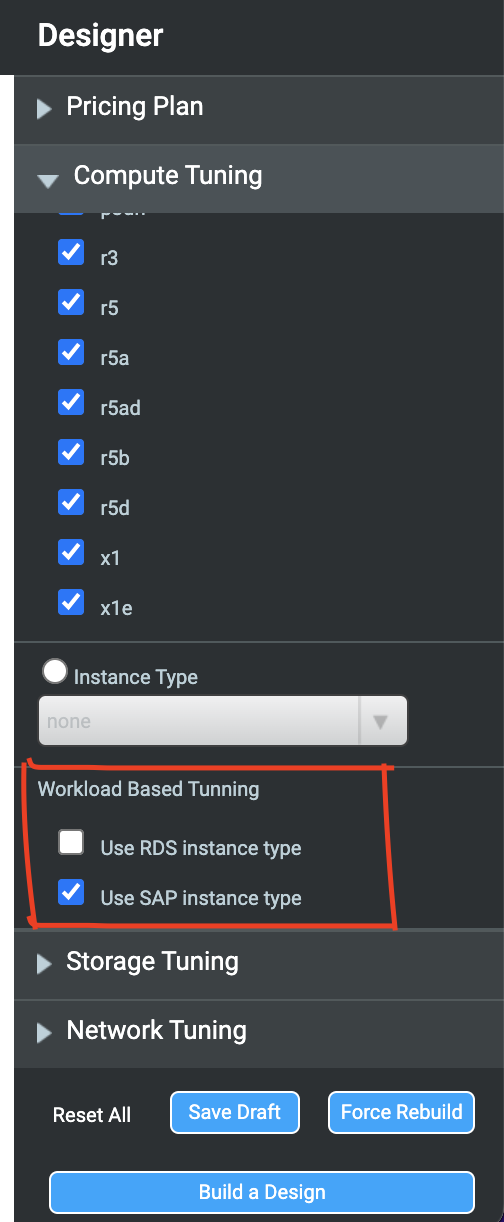
Workload Based Tuning
Customizing Storage Options
You can customize the Storage Capacity Scaling, the number of disks in a RAID array, and whether credit buckets should be considered or ignored:
Storage Capacity Scaling
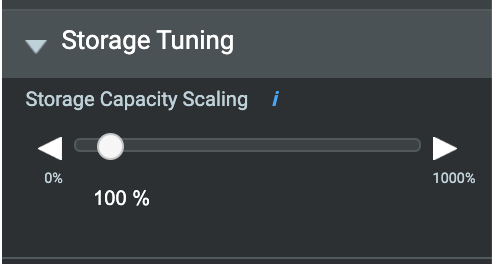
Storage Capacity Scaling Slider
You can scale the Storage Capacity for the selected machine or infrastructure by adjusting the slider at the top of the Storage Tuning controls.
You can scale the occupancy of your storage based on known occupancy. Changes made using this slider will update storage capacity recommendations.
AWS Max Number of Disks RAIDed Together
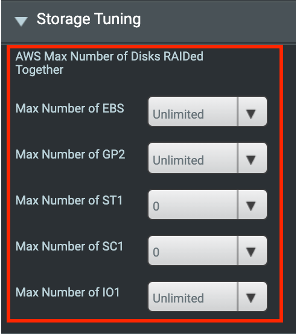
RAID Array Options
Using this tool, you can select the maximum number of disks RAIDed together in any given AWS storage option. This section can also be used to eliminate specific storage options by setting the number of RAIDed disks to zero.
Credit-Based Storage
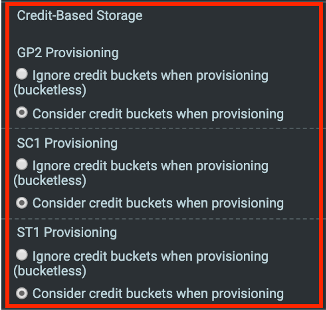
Credit-Based Storage Options
Use this section to select bucketless provisioning, or consider credit buckets when provisioning storage in each AWS storage option.
Analyze Type (Storage)
You can choose between Cloudamize Algorithm (95th percentile), 2nd Standard Deviation, and 3rd Standard Deviation for how Cloudamize calculates recommendations for Storage.
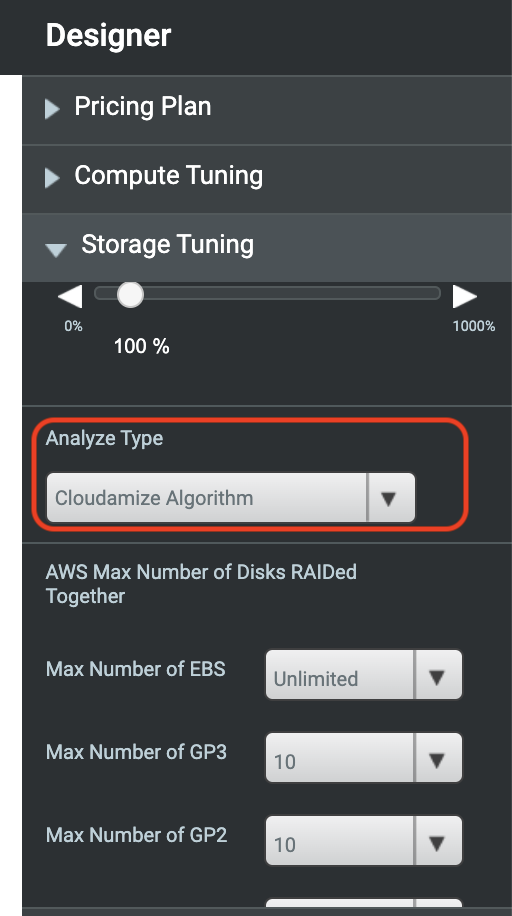
Analyze Type Drop-down
Customizing Network Load Options
You can customize the network load factor by adjusting the slider under the Network Tuning portion of the Designer controls
Adjusting the Network Scale
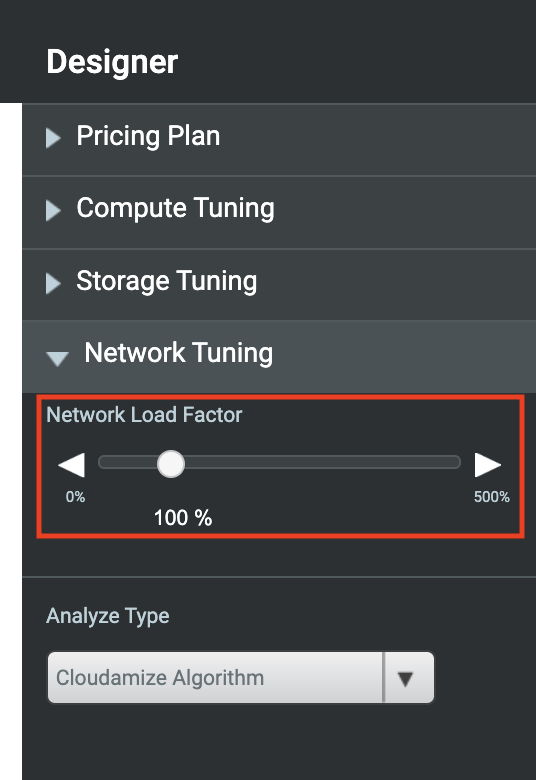
You can select network load factor between 0% (meaning network load will not be considered) to 500% (meaning assume five times the amount of network load).
Please Note: Cloudamize does not distinguish between ingress and egress traffic. Cloudamize takes a look at all outbound traffic observed and assumes all of that traffic is egress and therefore going over the internet.
Analyze Type (Network)
.png?inst-v=261181b4-c2ea-4c69-b147-99457a363265)
Analyze Type Drop-down
You can choose between Cloudamize Algorithm (95th percentile), 2nd Standard Deviation, and 3rd Standard Deviation for how Cloudamize calculates recommendations for Network.
Bring Your Own License AWS
Cloudamize now includes the ability to calculate savings associated to moving workloads to the Amazon Web Service cloud without any additional software licensing fees. For customers with License Mobility through Software Assurance, Cloudamize can now show you the potential saved cost by bringing your own license.
Please Note: SQL Data is only captured using individual agents and Agentless data collectors. This feature is not available for data collected via vCenter connection and Hyper-V installations.
License Cost
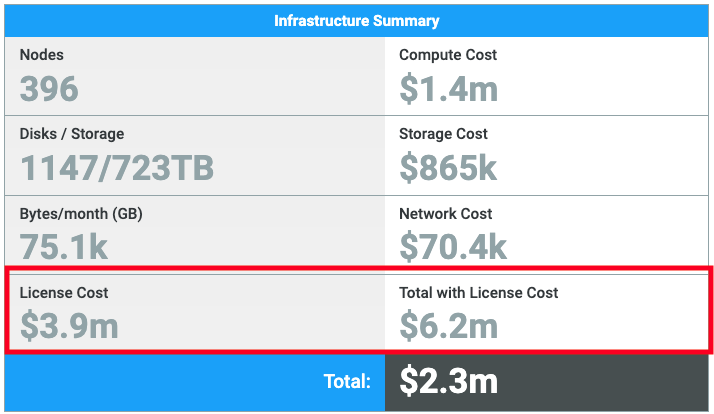
License Cost Summary
After launching the Cloudamize platform, license cost for all AWS assessments will be reflected in the Infrastructure Summary chart in the center of the Assess Dashboard.
This summary information provides you with the total SQL license cost for all assessed machines as well as the annual cost including licenses.
Licensing information can also be found under the Compute tab. Here Cloudamize provides two new columns: Cost with License and Cost w/o License. Information is provided as follows:
Cost with License
Total Annualised Cost – This is the sum of the Annual Hourly Cost and the Upfront Cost over the Duration of the Reserved Instance. Reserved Instance durations are set at one year or three years.
Annual Hourly Cost – The hourly Reserved Instance cost remaining after Upfront Costs are paid.
Upfront Cost - The amount of the Reserved Instance cost paid upfront.
License Cost – The cost of the SQL License
Annual Dedicated Instance Fees – Total cost of the dedicated per region fee.
Region – The AWS region selected for the assessment.
Pricing Plan – The selected pricing plan for the assessment.
License Mobility through SA – Details whether or not License Mobility has been applied. Values for this column are as follows:
N.A.
Not Applied
Applied
License Cost Reason – Details the reason why license mobility was, or was not applied. Values for this column are as follows:
N.A.
License Mobility through is Applied
License Mobility through is Not Applied
Cost w/o License
Total Annualised Cost – This is the sum of the Annual Hourly Cost and the Upfront Cost over the Duration of the Reserved Instance. Reserved Instance durations are set at one year or three years.
Annual Hourly Cost – The hourly Reserved Instance cost remaining after Upfront Costs are paid.
Upfront Cost - The amount of the Reserved Instance cost paid upfront.
Annual Dedicated Instance Fees – Total cost of the dedicated per region fee.
Region – The AWS region selected for the assessment.
Pricing Plan – The selected pricing plan for the assessment.
License Tab
The License tab provides a quick glance at all the same information found under the Cost with License columns found under the Compute tab.
Migration Planner
Using the Migration Planner, Cloudamize now provides a more in-depth look at the SQL Servers found in the assessed infrastructure, which can help when building out your design.
SQL Server and License Usage
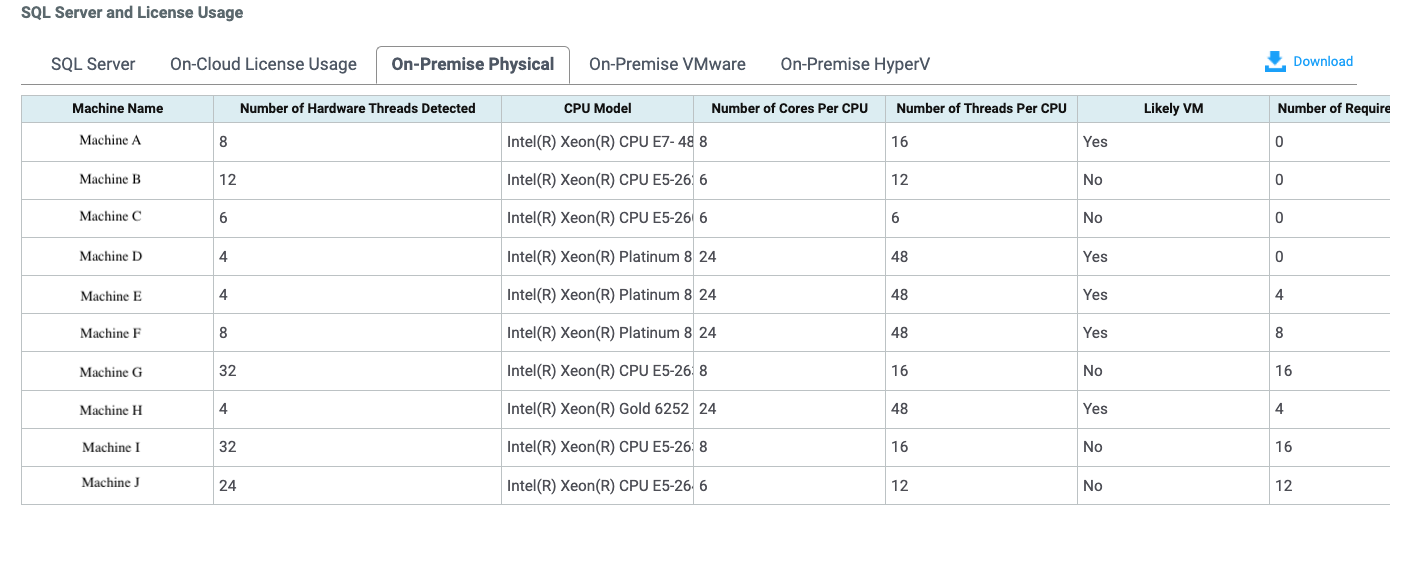
SQL Server and License Usage View
The information provided within the SQL Server and License Usage machine allows you to gain further insight into the on-premise licensing data and view a comparison of host-based versus VM-based SQL licensing. This feature also provides an overview of necessary on-cloud SQL licensing.
SQL Server
Provides a breakdown of the SQL Instances assessed and provides an overview including the number of licenses utilized and SQL database information such as size, edition, version, location and more.
On-Cloud License Usage
Provides a breakdown of license usage on-cloud including information such as the On-Cloud Instance type, Number of Hardware Threads, SQL Edition, and whether or not the SQL license is part of the BYOL program.
On-Premise Physical
View how many SQL licenses are needed for on-cloud instances, based on the observed on-premise configuration and Cloudamize recommended instances. The chart also includes information such as the Number of Hardware Threads, CPU Information, and number of required SQL Enterprise or Standard licenses. This chart also informs you as to whether or not any of the following services are running:
SQL Server Analysis Services
SQL Server Integration Services
SQL Server Report Services
SQL Server Master Data Services
On-Premise VMware
View how many SQL licenses are needed on-cloud based on the observed on-premise VMware configuration and Cloudamize recommended cloud instances. The chart also includes information such as the Number of Hardware Threads, CPU Information, and Number of Required SQL Enterprise or Standard licenses. Also provided is a summary of the VM-based and host-based SQL licenses broken down by Standard and Enterprise editions. This chart also informs you as to whether or not any of the following services are running:
SQL Server Analysis Services
SQL Server Integration Services
SQL Server Report Services
SQL Server Master Data Services
On-Premise HyperV
View how many SQL licenses are needed on-cloud based on the observed on-premise Hyper-V configuration and Cloudamize recommended cloud instances. The chart also includes information such as the Number of Hardware Threads, CPU Information, and Number of Required SQL Enterprise or Standard licenses. Also provided is a summary of the VM-based and host-based SQL licenses broken down by Standard and Enterprise editions. This chart also informs you as to whether or not any of the following services are running:
SQL Server Analysis Services
SQL Server Integration Services
SQL Server Report Services
SQL Server Master Data Services
Advanced Filtering
To assist with your design, two new filters allow you to gain deeper insight into the assessed infrastructure and further ensure that migrations are as efficient and cost-effective as possible.
BYOL for Microsoft Software
Searches for all machines with applications installed that are covered under Amazon’s BYOL license program including the following:
Microsoft Exchange Server
Microsoft SharePoint Server
Microsoft SQL Server
Microsoft System Center
Microsoft Remote Desktop Services
Microsoft Skype for Business Server
Microsoft Dynamics products
Microsoft BizTalk Server
SQL With Less Than 4 Threads
Searches for all machines running SQL server where the number of observed CPU threads is less than four. These machines are candidates for further optimisation to lower SQL license cost.
